Showing 337–352 of 407 results
-
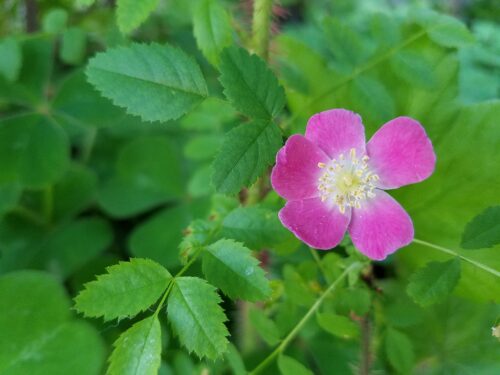
$9.90
Wood rose This delicate deciduous sub-shrub grows 2′ to 3′ tall. Looks a little bit like a Charlie Brown tree when in fruit. Wood rose is easy to grow and notable for its ability to thrive in full shade. Pink flowers in the Spring and red rose hips during the summer and fall. Sun: Part Shade,…
-

Nootka rose This is a large (5′-8′ high x 4′-6′ wide), deciduous, arching shrub that is quite winter hardy and tolerant of wet locations. Covered with prickles, it is an aggressive spreader and requires some summer water for best performance. The Nootka rose takes its name from the Nuu-chah-nulth people, who are commonly though incorrectly…
-
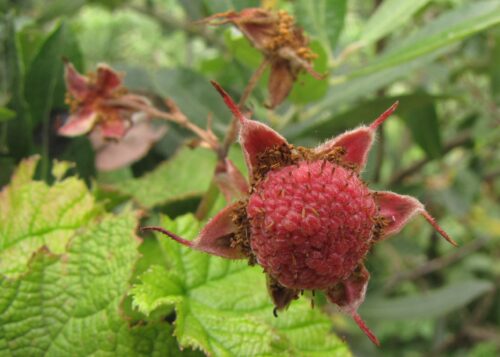
$7.70 – $30.25
Thimbleberry This deciduous shrub grows 4’ tall by 6’ wide Thimbleberry can be used in the landscape as an accent, for the edible fruit, erosion control on damp slopes, and as a ground cover. The notable white flowers (3/4 – 2”) emerge spring through summer, and the fruits are an important food source for many…
-
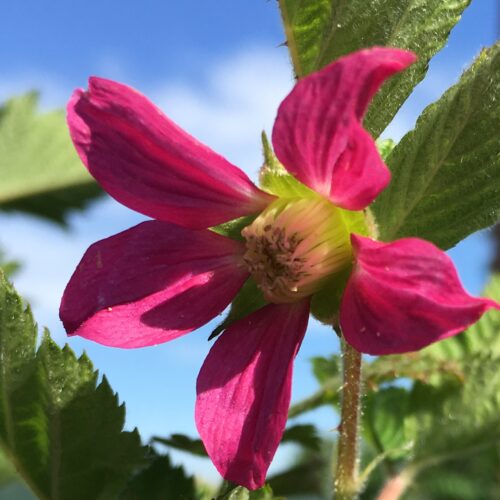
$10.90 – $30.25
Salmon berry Salmon berry is a deciduous shrub that can grow to a height of 6-10’ and spread out to form thick stands. This tall and erect shrub looks beautiful at the edges of a garden where its bright pink to dark red blooms are visible throughout their long blooming cycle where they are a…
-
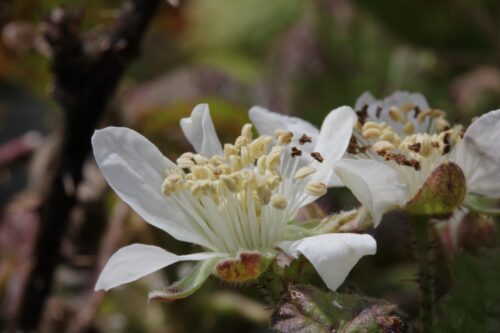
$2.81 – $14.30
California blackberry A deciduous climbing or trailing evergreen shrub. Native blackberry is not aggressive like it’s Himalayan cousin. The berries are edible and tasty. Flowers host beneficial insects. Good creek-side for erosion control. Tolerates salt spray in shoreline and bluff plantings. Flowers February – June and berries July-August Sun: Full Sun, Part Shade Water: Light,…
-

California tea It is a low, bushy perennial. grows to about 2′ tall. Space about 2′ apart. Good ground cover for shady spots in the garden and great addition to a butterfly garden with low water requirements. The purple tipped white flowers appear in late spring to summer and the dark-green foliage also persists into…
-
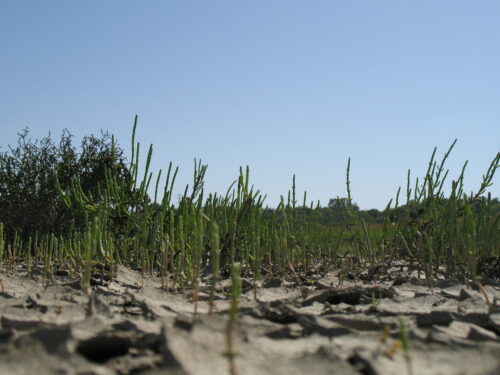
$6.60
Pickleweed Pickleweed is a halophytic (tolerant of salty conditions).It is a spreading, low growing perennial which grows in various zones of intertidal salt marshes and can be found in alkaline flats. Salicornia species are being tested as a biofuel crop as it is composed of 32% oil and being a halophyte can be irrigated with…
-
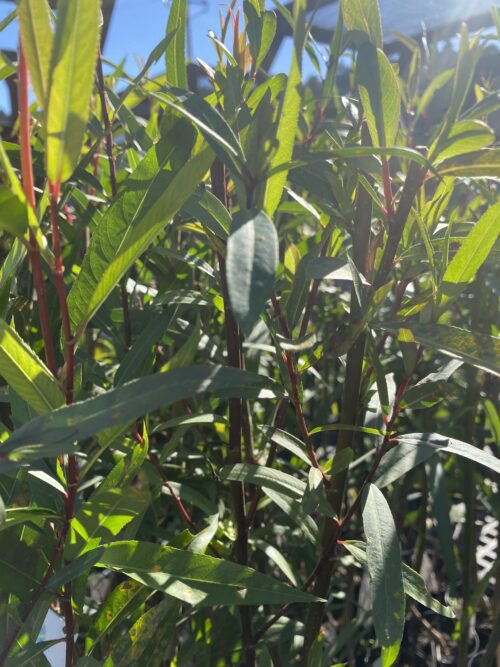
$1.93 – $14.30
Gooding’s Black Willow Goodding’s Black Willow (Salix gooddingii) has a moderate growth rate and is moderately long-lived. It grows in an upright form to a height of 15-40 feet, with active growth during the spring and summer. It is winter deciduous and will drop it’s leaves. Space 17-20′ apart. It is a common native tree…
-
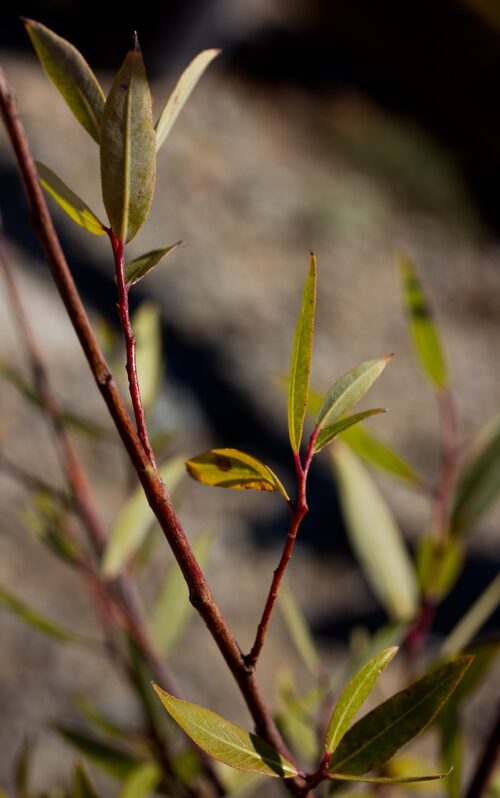
$9.90
Red Willow Red willow is a 10-25′ fast growing deciduous tree. Space 18′ apart Usually a straight unbranched trunk with the slender branches producing a well formed crown. The leaves are very finely toothed, light shiny green above , whitish below, with conspicuous yellow mid-veins seen mostly on the upper surface.
-
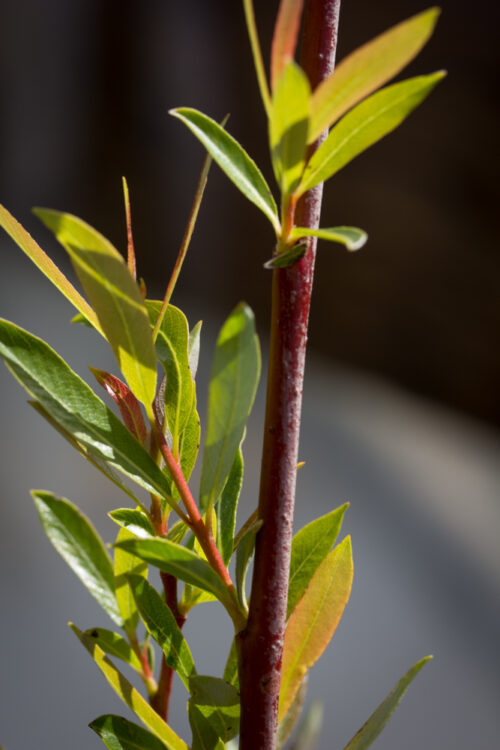
$9.90
Salix lasiandra Pacific willow is a deciduous tree growing to 15-45 tall’ at a fast rate. Space 18′ apart. The flowers that bloom in April are dioecious (individual flowers are either male or female, but only one sex is to be found on any one plant. The Pacific willow is pollinated by bees.
-
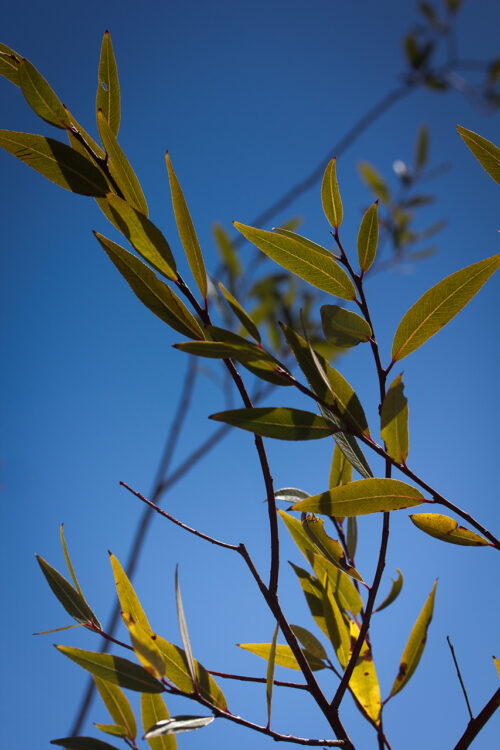
$14.30 – $15.70
Arroyo willow Arroyo willow grows to about 10-20′. It is a fast growing deciduous tree. Space 15’0″ apart. Usually a multi-stemmed, thicket forming. Many types of songbirds may build their nests in the crooks of willow branches. Arroyo willow has many uses including stream bank stabilization, rehabilitation of riparian zones, improvement of freshwater fisheries, field…
-

Sitka willow Sitka willow is a fast growing deciduous shrub-like tree. It can grow from 10 to 23 feet tall. It tends to grow in edges of lakes, streams and wet meadows. It supports several butterfly species including the Western Tiger Swallowtail and the Lorquin’s Admiral.
-
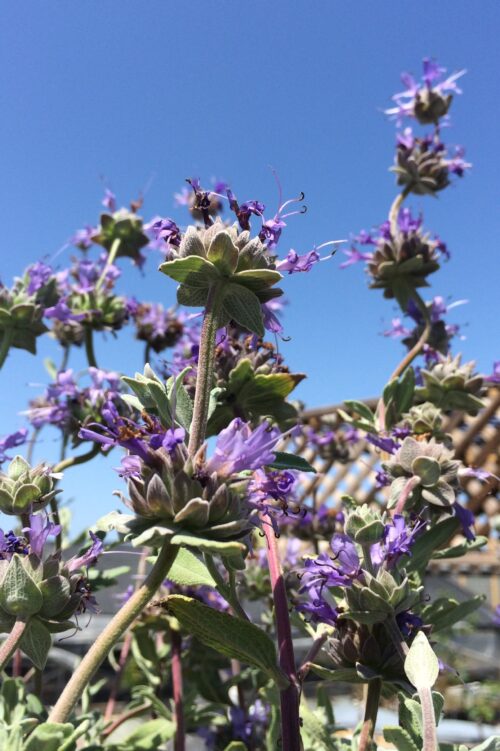
Sage This Salvia has been produced from the seed of the cultivar Salvia ‘Allen Chickering’. Parentage (S. clevelandii x S. leucophylla) Salvia ‘Allen Chickering’ is a dense shrub that grows to 5 feet tall and wide. The tall flower spikes display whorls of deep lavender flowers in late spring and summer. It will be do…
-
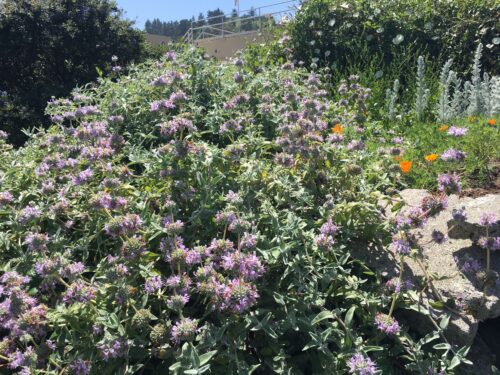
Bee’s Bliss Sage Bee’s Bliss has green/gray foliage that reaches 2 feet tall and spreads 6-8 feet, forming a broad mound. This low-growing sage is a showy perennial perfect for a bank cover or for a hot, sunny bed. Spring brings lavender flowers that attract many pollinators and hummingbirds. Put on a slope or anywhere…
-
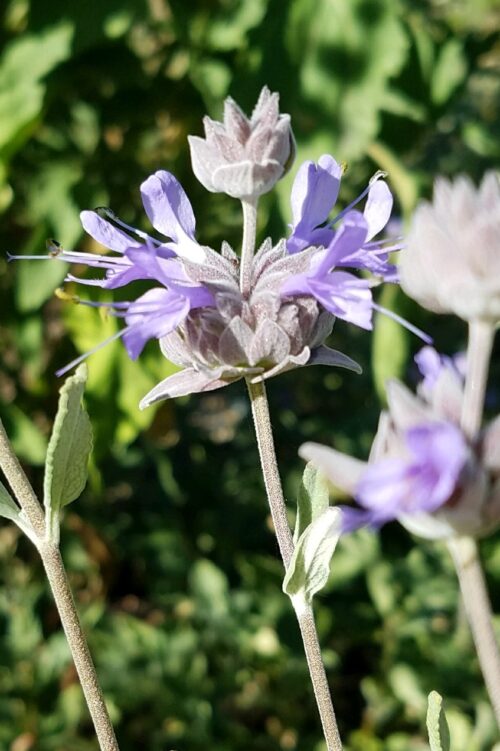
Pozo Blue sage ‘Pozo Blue’ is a hybrid of Salvia clevelandii and Salvia leucophylla that is an evergreen shrub that can grow to about 6′ tall with a spread of about 8′, but can be kept smaller. Perfect plant as a colorful backdrop or a stand-alone accent when mixed with smaller forbs. It is a favorite of…
-
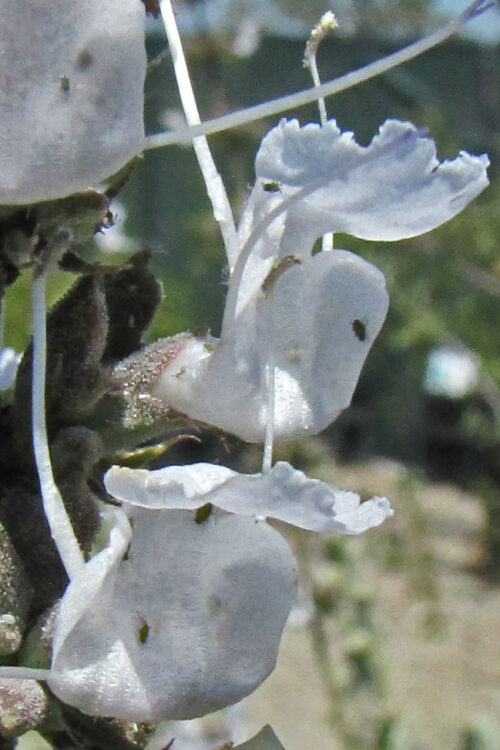
$9.90 – $10.90
White sage White sage is a 2′ to 5′ evergreen perennial shrub. It makes a very large white to lavender flower spike (5′) with 100+ 1″ flowers. A great bee plant especially prized for honey production. The flowers emerge in summer, but pucker-back, giving the bees fits because they can’t get in and out very…














